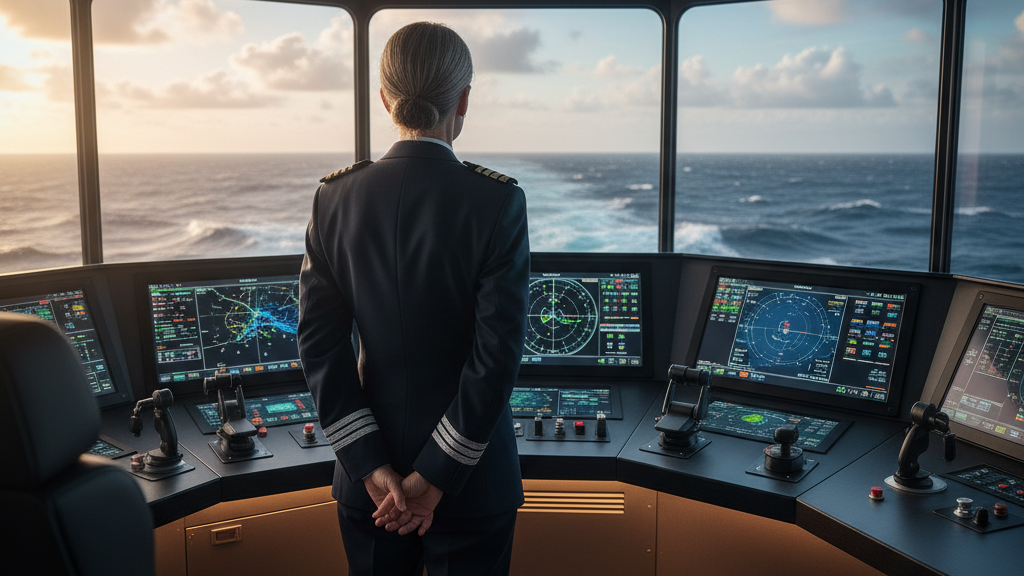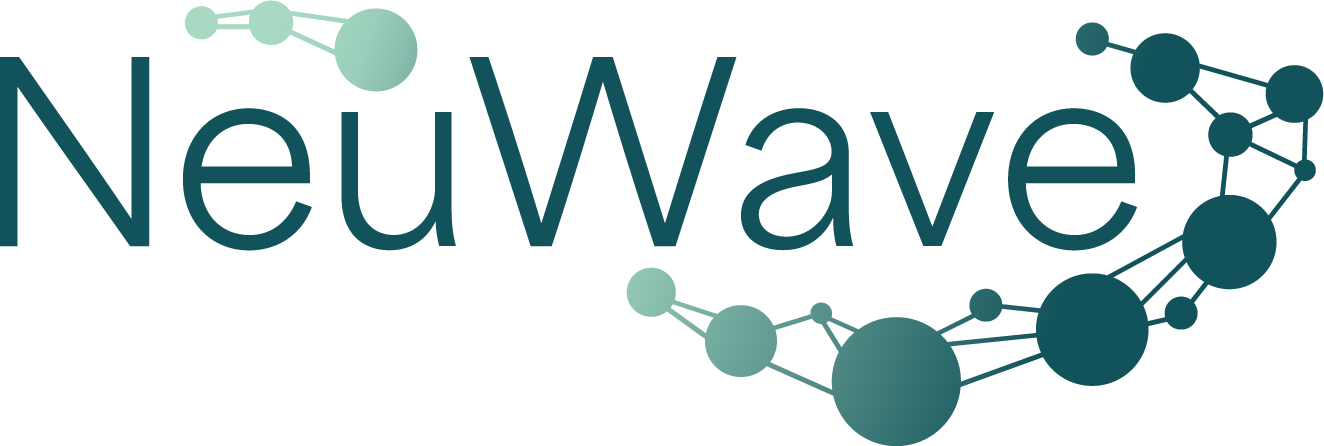From the by-gone eras of star-guided voyages to modern satellite-tracked shipping, captains have always stood at the heart of maritime navigation.
But with AI and automation advancing fast, offshore operations are facing a new horizon: what happens when machines join them at the helm? Captain’s roles are changing, hybrid navigation systems are coming into the mainstream, and environmental intelligence is reshaping the future of offshore service vessels.
So what does this mean, and will it look like?

The captain in historical perspective
The captain has stood as both the ship’s leader and safeguard out at sea for centuries. From the age of sail to the rise of steel and steam, and evolving alongside fast-changing complex modern systems, the ship’s captain embodies authority, decision-making, and ultimate accountability for vessel and crew.
Early navigators relied on the stars and rough, hand-drawn charts. Their judgements carried ships through storms, into war, and across endless unchartered waters.
As technology advanced, so too did the captain’s toolkit. The compass eventually became the radar, and transformed offshore navigation from guesswork into science. As tools have grown sharper, decisions have remained essentially human – balancing raw data with the captain’s intuition and experience.
The offshore industries of the 20th century only enhanced this responsibility. Captains of service vessels found themselves not just moving cargo or passengers, but operating at the very edge of engineering frontiers.
Captains have always adapted alongside innovation. Each new technology, from steam engines through to satellite GPS, was first seen as a challenge to authority; and later absorbed as an essential extension of it.
The same tension now arises with AI.
Role and duties of the modern service vessel captain
Offshore infrastructure requires construction and maintenance, whether that’s wind turbine replacement or laying sub-sea cables. Getting service vessels to site safely is instrumental.
Captains are charged with blending experienced seamanship and deep technical oversight. Holding the highest level of authority on board, the captain is responsible for the safety and success of vessel, crew, cargo, and project. They also manage and supervise the crew, and handle administrative tasks such as record keeping, budget management, and coordinating with port officials.
Pop culture depictions of captains barking orders from the helm are outdated (if they were ever truly accurate in the first place). Today’s captains rely on a suite of advanced tools, including GPS and radar systems, dynamic positioning controls, real-time weather and oceanographic data, and increasingly, newly developed environmental intelligence platforms.
The modern captain is as much a data strategist as they are a sea-farer, bringing together their lived and learned experience with technological insight, to keep projects on course and operations running smoothly.
How can AI help with offshore vessel operations?
As the technologies and our understanding of them evolve, AI has been able to significantly improve navigation for land-based industries and use-cases (e.g. advancements in automated vehicles). Researchers have started to explore how these concepts can be applied to offshore navigation, including autonomous navigation.
But the potential for AI in offshore operations spans much further than navigation. Pattern recognition and analysis could aid in weather forecasting and condition monitoring, as well as fuel use optimisation and overall enhanced safety.
As the demands placed on offshore operations grow, worsened by higher energy needs, increasing cargo quantities, and a changing climate forcing vessels into evermore hostile conditions, the applications of AI tech within offshore industries have the potential to be transformative.
It’s not limited to just ships, either. The Royal Navy has been seen testing its fleet of airborne autonomous drones, intended for crew find-and-rescue missions – and with potential application for wider industry usage offshore. The new drones quickly locate a lost crew member, drop a lifejacket down to them, and hover above to mark their location for rescue.
Small autonomous, unmanned craft have also been deployed to gather wide ranging data (including weather and oceanographic conditions) and to harness energy, offering promising potential uses that may have been less obvious.
Next-generation tools that harness technical precision and high-resolution data, allow for deeper and more detailed insight into inhospitable, remote sites we’d otherwise struggle to manage. By utilising data and powerful algorithms, these tools promise enhanced efficiency, safety, and productivity for offshore operations.
Will there be fully automated vessels?
The concept of unmanned autonomous vessels has long attracted research interest around the world.
Automated navigation may not be so far-fetched, with navigation assistance tools already breaking ice in the industry. Collision avoidance technologies can help captains and coordinators to avoid potential obstacles in foggy conditions, safe zone locators can find shelter for ships during unexpected storms, and route optimisation can improve a vessels’ fuel consumption.
Despite some claiming this to be the future of offshore industry operations, fully automated vessels are still undoubtedly a long way off.
But what are some of the potential positives and negatives to full automation? And is this even desirable?
| Positives | Negatives |
| Reduced human error Fewer mistakes from fatigue, stress, and misjudgements | Loss of human judgement AI may struggle with novel, ambiguous, or understanding high-stakes scenarios from a human perspective |
| Operational efficiency Optimised routes, fuel savings, and reduced downtime in ports due to incorrect weather readings | Cybersecurity risks Vessels could be more vulnerable to hacking or system failures |
| 24/7 Capacity No limits from crew work hors or shift patterns | Regulatory hurdles International laws and insurance frameworks are not yet in place for fully autonomous ships |
| Lower operating costs Less need for large onboard crews | High upfront investment Advanced automation systems are costly to design, install, and maintain |
| Enhanced safety Remote operation removes people from hazardous environments | Reduced employment Fewer onboard roles will impact maritime jobs and tradition |
| Predictive decision-making AI can analyse vast datasets in real time for weather, currents, and traffic insights | Public and industry trust Safety concerns may slow acceptance of fully automated navigation |
| Consistency Automated systems apply the same decision rules without variation | Complex liability issues Responsibility for accidents shifts from captain and coordinator to code, raising legal questions |
| Potential emissions reduction Optimised navigation can reduce fuel burn and carbon footprint | System dependency Over-reliance on automation could leave operators vulnerable if systems fail |
Human + machine: the hybrid model
Online tools mark “sailors” as only at moderate risk of being fully replaced by AI, so surely that counts for something, right? Jokes aside, full automation of offshore navigation isn’t necessarily the goal, nor the ideal solution. Captains and crews, with their lived experience and human empathy, remain essentially at the core of onboard decision making and operations.
Machines can calculate, but they cannot replicate the forged human intuition built through years at sea, or the calm, personable, and empathetic judgement needed when conditions turn volatile.
The future lies not in replacement but in collaboration. Hybrid models combine human expertise with AI-driven analysis and automation, creating a system where each can reinforce the other. AI can scan vast datasets, predict changing conditions, and suggest optimised routes on-the-fly.
The captain, in turn, weighs those insights against lived context and knowledge – from crew readiness, project priorities, and subtle signs from the ocean herself.
Rather than diminishing authority, automation elevates and reframes the captain’s role: moving captains from manual navigation towards strategic oversight. The vessel becomes a more intelligent ecosystem, with humans steering not just the ship, but the full integration of data, tools, and operations.
Human leadership is irreplaceable, but hybrid navigation tools enhance and optimise; harnessing AI to make offshore operations safer, leaner, and more reliable.
Safety, compliance, and regulation
The reality of offshore navigation and automation is swiftly evolving. Is regulation keeping up with this?
The International Maritime Organization (IMO) has recognised this shift, and embarked on creating a non-mandatory goal-based MASS (Maritime Autonomous Surface Ships) Code, expected to take effect from 2026. This framework will lay the foundations for future mandatory structure under SOLAS, as early as 2032.
It’s an adjustment to long-standing rules, with one constant: a designated human “master” (whether onboard or on land) will carry responsibility for each vessel.
Beyond the IMO, the UK is stepping ahead with its Industry Code of Practice for autonomous vessels and is updating its Workboat Code to formally include remotely operated vessels measuring under 24m.
Environmental intelligence in offshore navigation
Offshore navigation has always been a game of uncertainty. Weather shifts quickly, seas turn hostile, and even the best forecasts can be out of date before a vessel reaches its site. What captains need isn’t more raw data, but intelligence that can turn shifting conditions into clear, actionable decision support.
That’s where environmental intelligence (EI) comes in. By combining high-resolution weather models, oceanographic data, and predictive analytics, EI platforms give crews a real-time picture of the sea they’re working in.
Routes can be adjusted on the fly, fuel burn reduced, and safety margins strengthened — not through guesswork, but through precision insight.
Recent analysis suggests that smarter digital routing alone could help shipping cut emissions by up to 15%, simply by avoiding heavy weather and optimising speed against current and wind. In an industry under pressure to deliver more energy with fewer emissions, each percentage point matters.
Smarter environmental insight doesn’t replace the captain; it accurately informs them.
What does the next decade hold for vessel navigation?
Looking ahead, the question isn’t whether offshore navigation will use environmental intelligence, but how far it will shape the next decade of operations.
What starts today as smarter routing and sharper decision support will soon evolve into systems that anticipate conditions hours, even days, ahead with remarkable accuracy. For captains, that means less firefighting and more foresight. For operators, it means lower costs and stronger compliance.
And for the wider industry, it marks a shift: navigation moving from reactive to predictive, and from managing risk to actively unlocking opportunity.
Don’t just catch the wave, ride it…
NeuWave environmental intelligence tools are purpose-built with the future of the maritime industry in mind. Don’t just ride the wave, but get aligned with intelligent solutions designed to meet regulatory currents before they rise.

